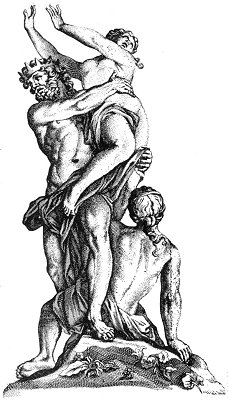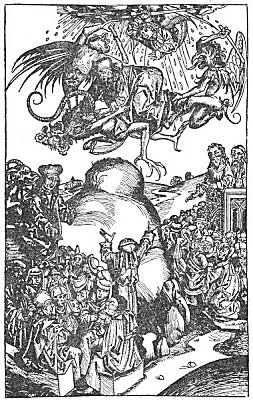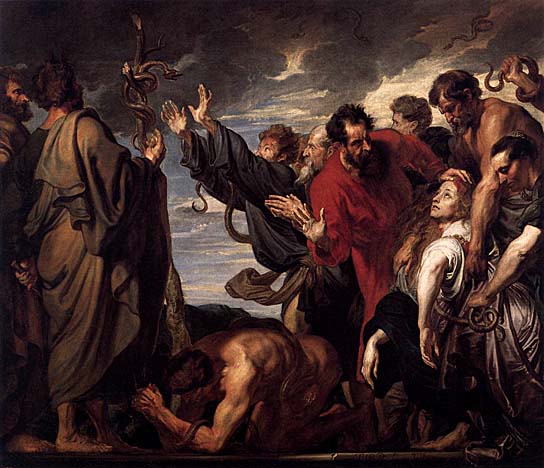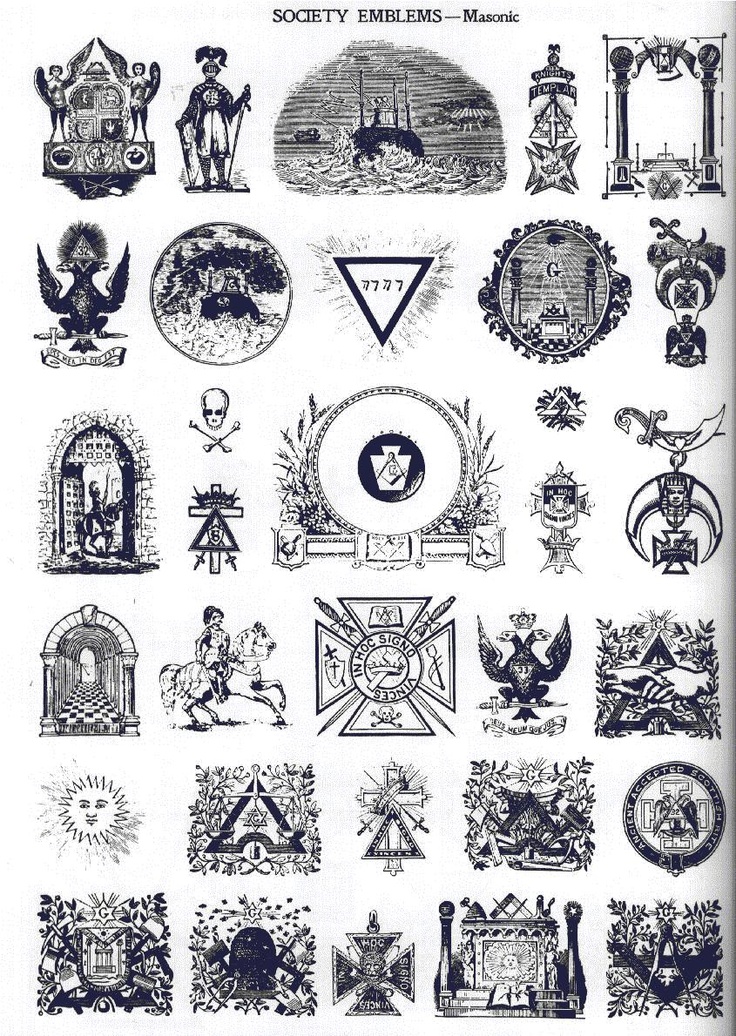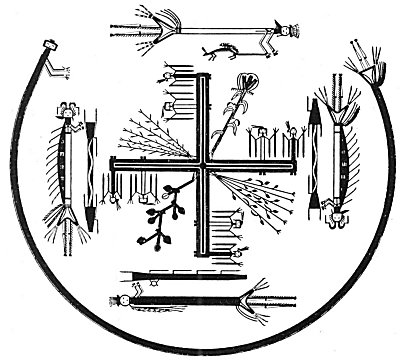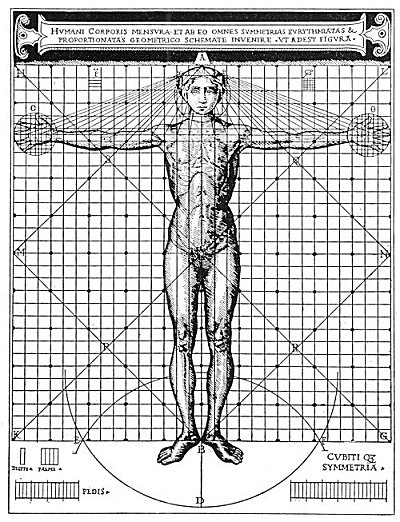The secret teachings of the Druids are said by some to be tinctured with Pythagorean philosophy. The Druids had a Madonna, or Virgin Mother, with a Child in her arms, who was sacred to their Mysteries; and their Sun God was resurrected at the time of the year corresponding to that at which modern Christians celebrate Easter.
Both the cross and the serpent were sacred to the Druids, who made the former by cutting off all the branches of an oak tree and fastening one of them to the main trunk in the form of the letter T. This oaken cross became symbolic of their superior Deity. They also worshiped the sun, moon, and stars. The moon received their special veneration. Caesar stated that Mercury was one of the chief deities of the Gauls. The Druids are believed to have worshiped Mercury under the similitude of a stone cube. They also had great veneration for the Nature spirits (fairies, gnomes, and undines), little creatures of the forests and rivers to whom many offerings were made. Describing the temples of the Druids, Charles Heckethorn, in The Secret Societies of All Ages & Countries, says:
“Their temples wherein the sacred fire was preserved were generally situate on eminences and in dense groves of oak, and assumed various forms–circular, because a circle was the emblem of the universe; oval, in allusion to the mundane egg, from which issued, according to the traditions of many nations, the universe, or, according to others, our first parents; serpentine, because a serpent was the symbol of Hu, the Druidic Osiris; cruciform, because a cross is an emblem of regeneration; or winged, to represent the motion of the Divine Spirit. * * * Their chief deities were reducible to two–a male and a female, the great father and mother–Hu and Ceridwen, distinguished by the same characteristics as belong to Osiris and Isis, Bacchus and Ceres, or any other supreme god and goddess representing the two principles of all Being.”
Godfrey Higgins states that Hu, the Mighty, regarded as the first settler of Britain, came from a place which the Welsh Triads call the Summer Country, the present site of Constantinople. Albert Pike says that the Lost Word of Masonry is concealed in the name of the Druid god Hu. The meager information extant concerning the secret initiations of the Druids indicates a decided similarity between their Mystery school and the schools of Greece and Egypt. Hu, the Sun God, was murdered and, after a number of strange ordeals and mystic rituals, was restored to life.
There were three degrees of the Druidic Mysteries, but few successfully passed them all. The candidate was buried in a coffin, as symbolic of the death of the Sun God. The supreme test, however, was being sent out to sea in an open boat. While undergoing this ordeal, many lost their lives. Taliesin, an ancient scholar, who passed through the Mysteries, describes the initiation of the open boat in Faber’s Pagan Idolatry. The few who passed this third degree were said to have been “born again,” and were instructed in the secret and hidden truths which the Druid priests had preserved from antiquity. From these initiates were chosen many of the dignitaries of the British religious and political world. (For further details, see Faber’s Pagan Idolatry, Albert Pike’s Morals and Dogma, and Godfrey Higgins’ Celtic Druids.)
THE RITES OF MITHRAS
When the Persian Mysteries immigrated into Southern Europe, they were quickly assimilated by the Latin mind. The cult grew rapidly, especially among the Roman soldiery, and during the Roman wars of conquest the teachings were carried by the legionaries to nearly all parts of Europe. So powerful did the cult of Mithras become that at least one Roman Emperor was initiated into the order, which met in caverns under the city of Rome. Concerning the spread of this Mystery school through different parts of Europe, C. W. King, in his Gnostics and Their Remains, says:
“Mithraic bas-reliefs cut on the faces of rocks or on stone tablets still abound in the countries formerly the western provinces of the Roman Empire; many exist in Germany, still more in France, and in this island (Britain) they have often been discovered on the line of the Picts’ Wall and the noted one at Bath.”

Moe is the founder of GnosticWarrior.com. He is a father, husband, author, martial arts black belt, and an expert in Gnosticism, the occult, and esotericism.

